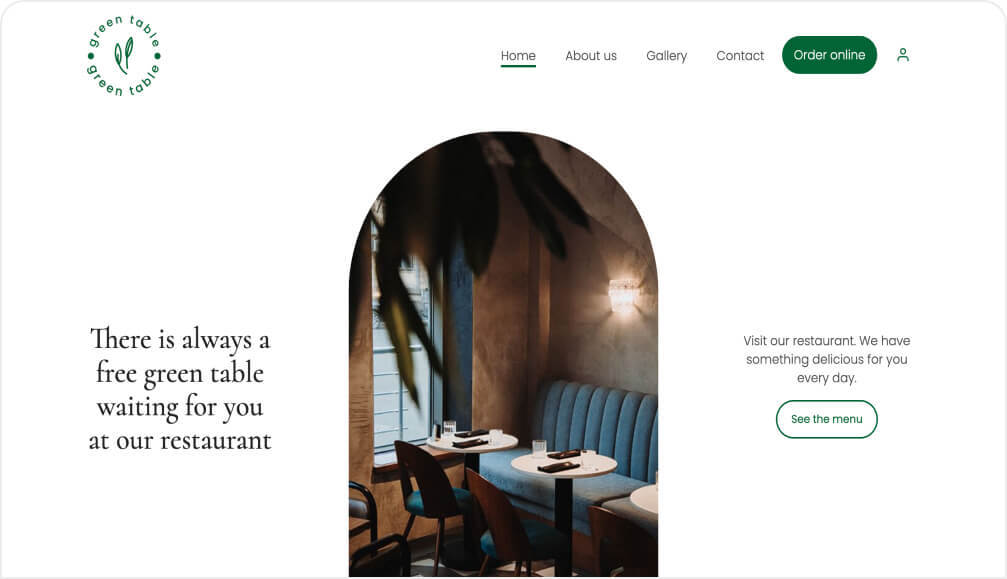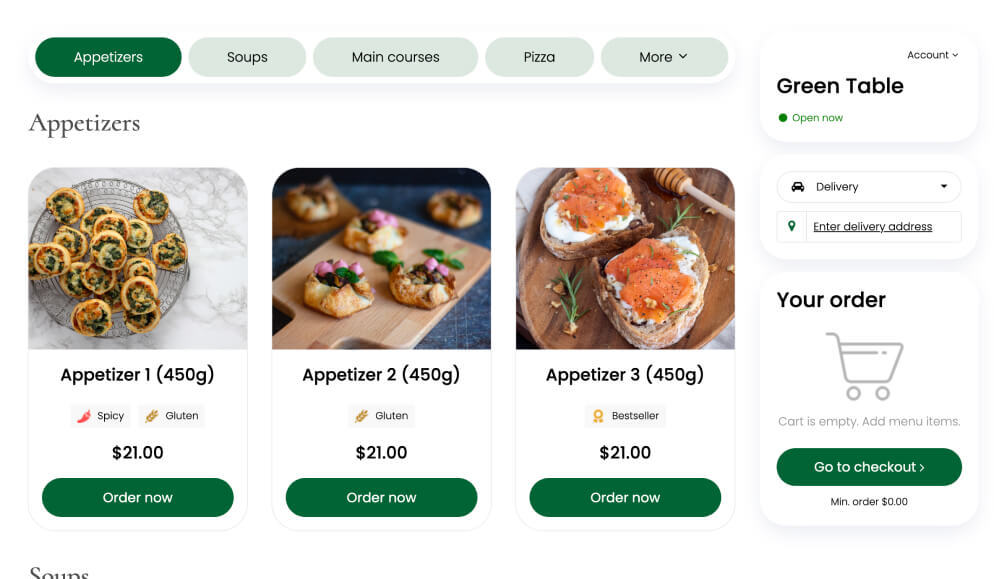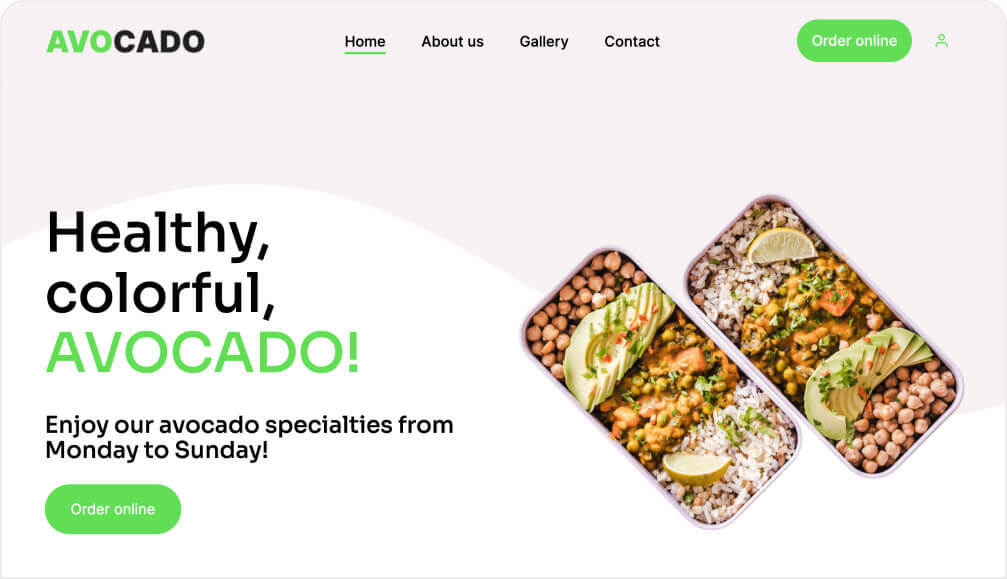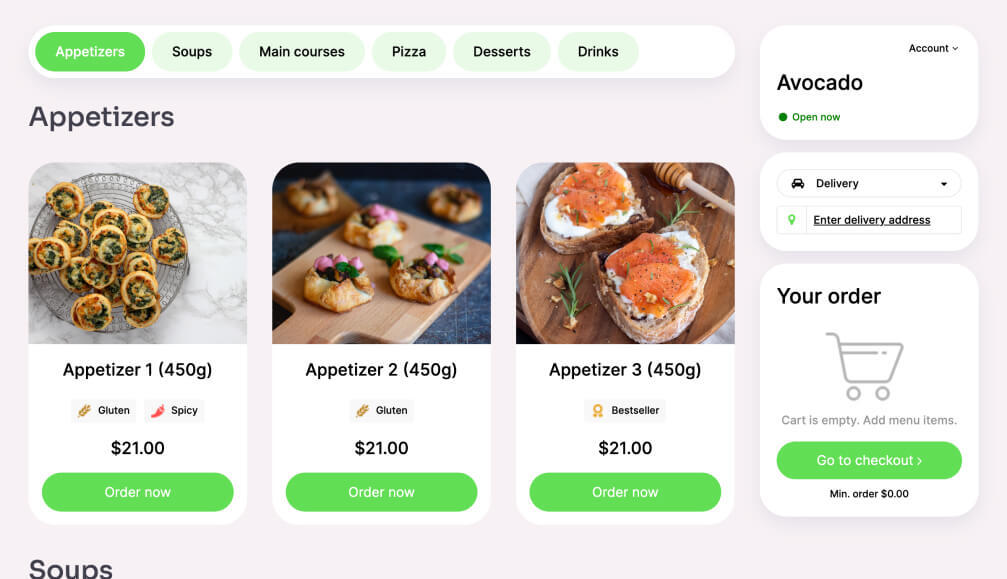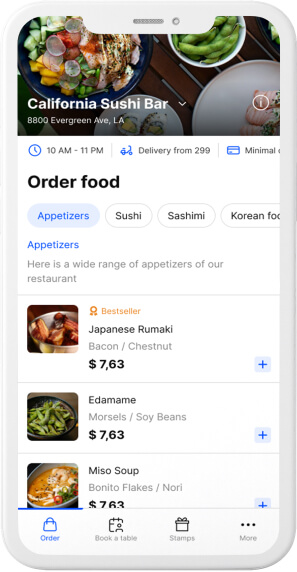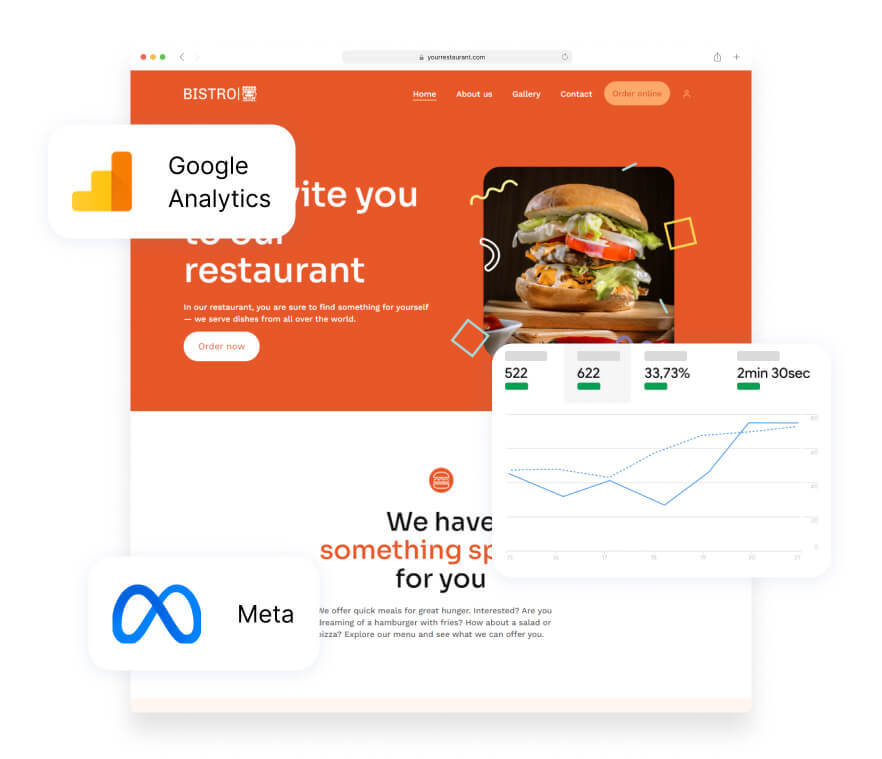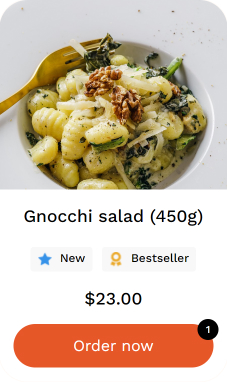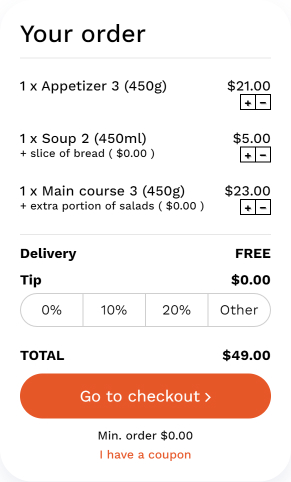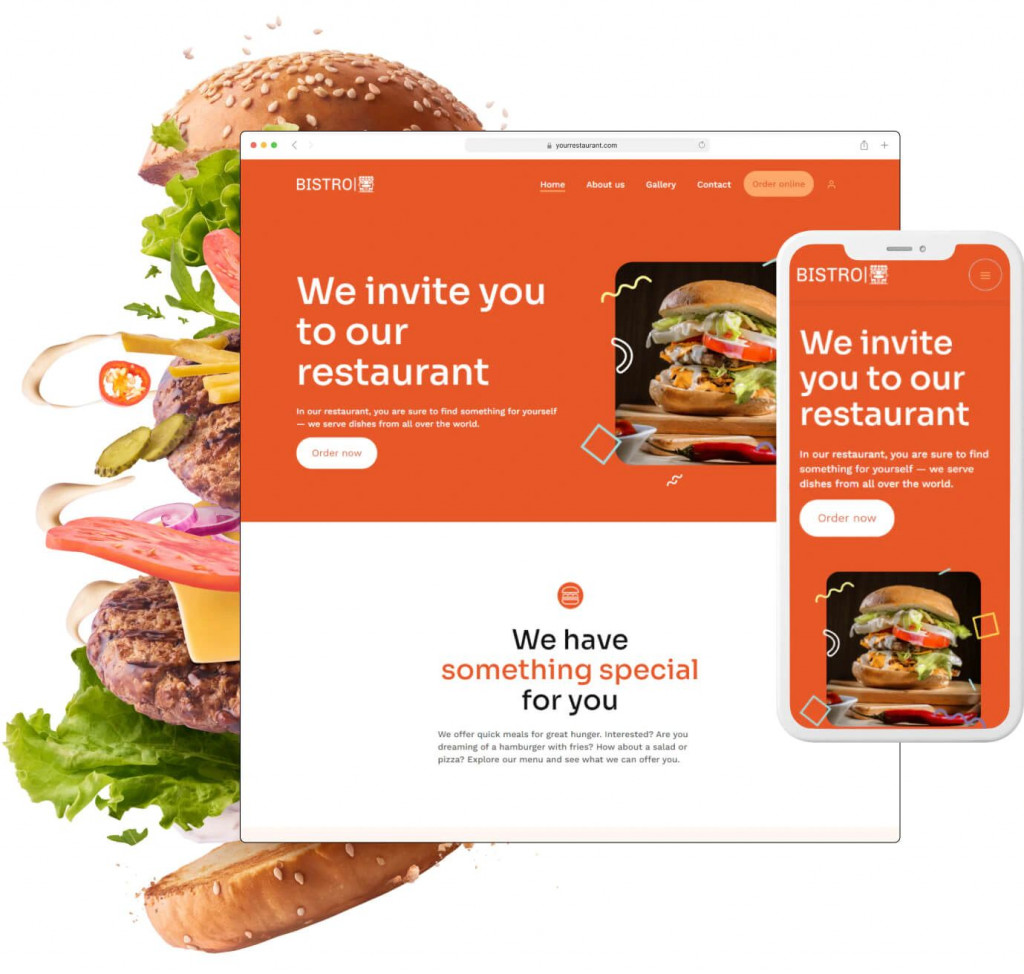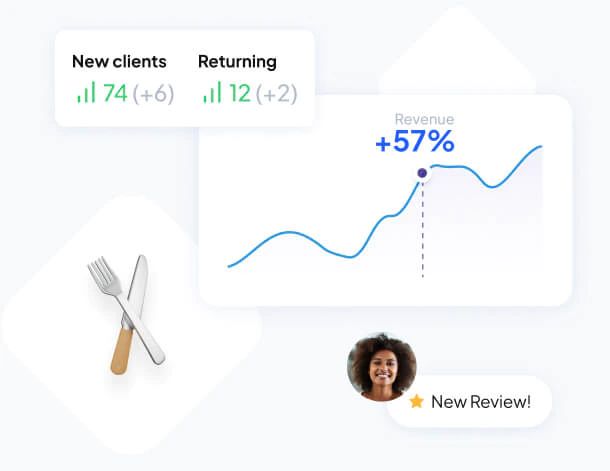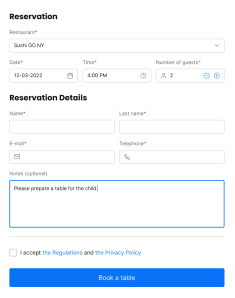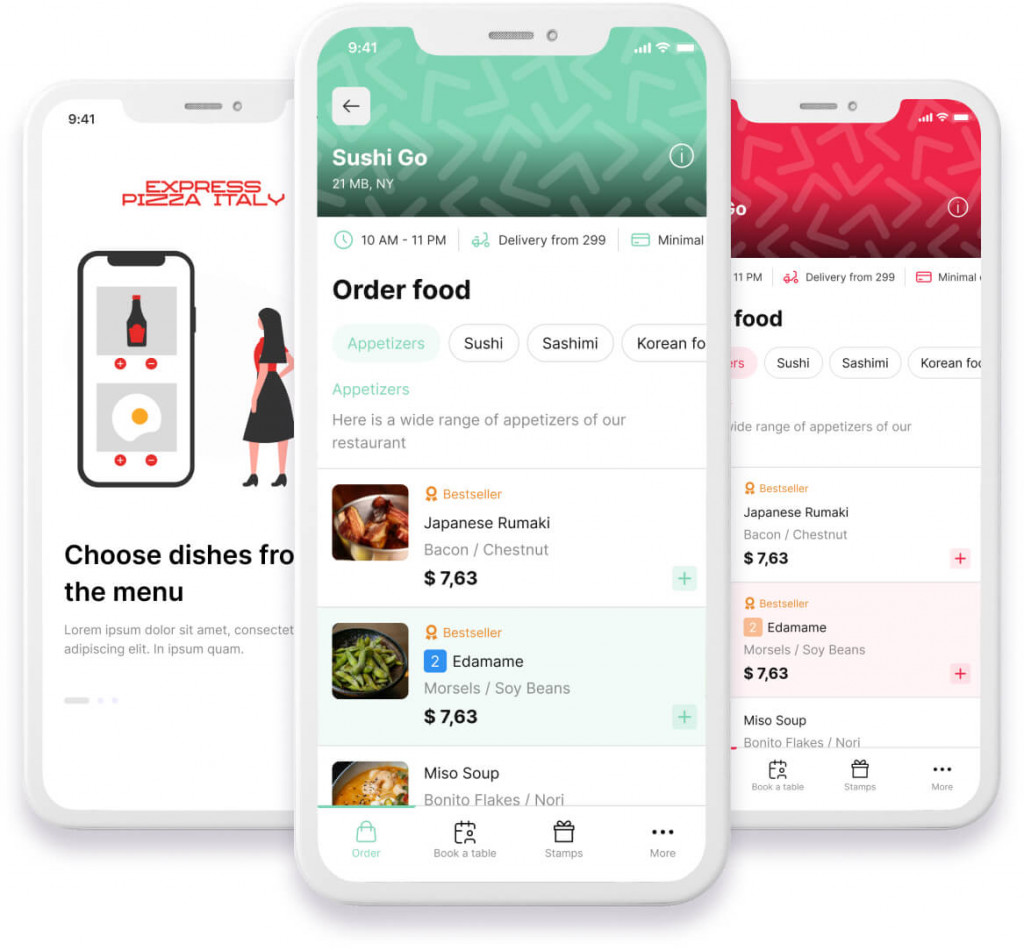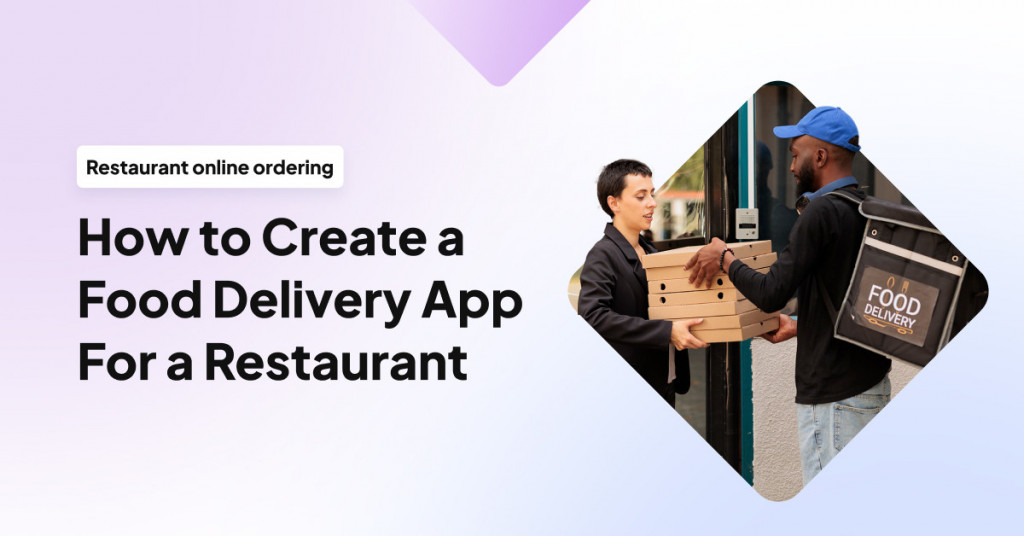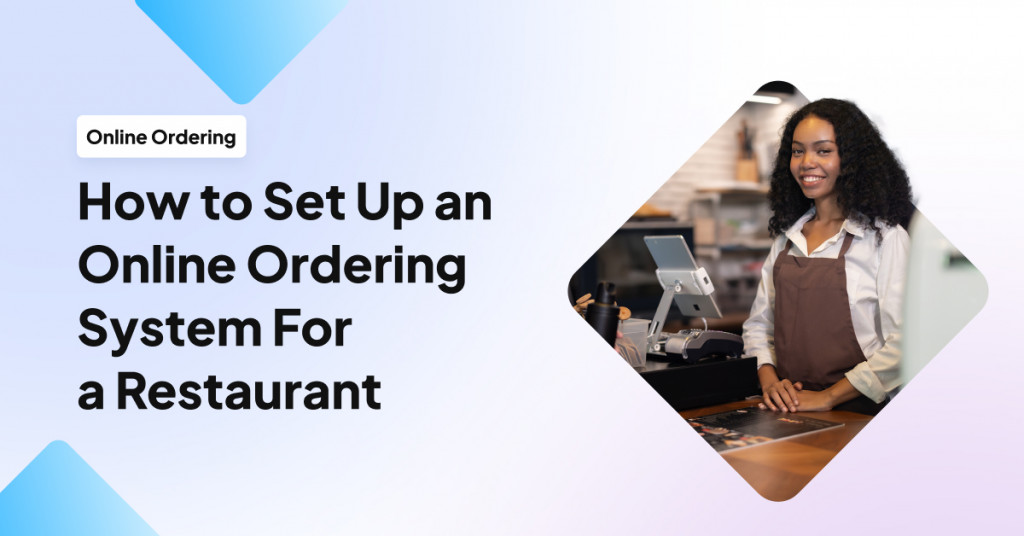Whether you’re looking to build an eCommerce online store or to build an ordering system for your restaurant, there are plenty of WooCommerce alternatives out in the market. Some of the biggest cons of WooCommerce is that you’re going to be needing a lot more than just a single WordPress plugin to make it work. If you’re looking to be running the entire restaurant system from your WooCommerce platform, you’re in for a ride. Since you have to set up everything on your own, chances are you’re going to be looking at a lot of system errors unless you pay a developer to set the system up for you. There are also plenty of paid plugins you’re going to have to purchase to make it functional.
The real costs of using WooCommerce, an eCommerce functionality plugin for WordPress websites, for an average business with third-party web hosting, can be estimated as follows:
- Third-Party Web Hosting: Costs for third-party web hosting can range from $5 to $100+ per month, depending on the hosting provider and plan chosen.
- Domain Name: Typically costs around $10 to $15 per year.
- WordPress Theme: WooCommerce offers free themes, but premium themes designed for eCommerce can range from $35 to $129 or more.
- WooCommerce Extensions: These plugins enhance eCommerce functionality and can include inventory management, payment gateways, shipping options, and more. Costs for these extensions vary, ranging from free to several hundred dollars per year for premium options.
- WordPress Plugins: In addition to WooCommerce-specific extensions, other WordPress plugins may be required for additional functionality. Costs for these plugins can range from free to several hundred dollars per year for premium options.
- Security: Security measures such as SSL certificates or security plugins can range from $10 to $500+ per year, depending on the level of security needed.
- Developer Fees: Developer fees can vary based on the complexity and scope of work. Costs can range from a few hundred dollars to several thousand dollars, depending on customization, setup, and ongoing support requirements.
Estimated Total Annual Costs (including developer fees):
- Minimum Range: $300 to $500+ per year (basic hosting, domain, free theme, free plugins, minimal security, minimal developer fees)
- Maximum Range: $2,000+ per year (premium hosting, domain, premium theme, premium plugins, advanced security, significant developer fees)
Please note that these costs are estimates, and the actual expenses may vary based on individual business needs, customization requirements, geographic location, developer rates, and any additional factors. It’s advisable to carefully evaluate your specific needs, obtain quotes from developers, and review pricing details from hosting providers and plugin/theme developers for a more accurate estimation of the total costs involved.
